Home>Garden Essentials>How To Start A Bonsai From Seed
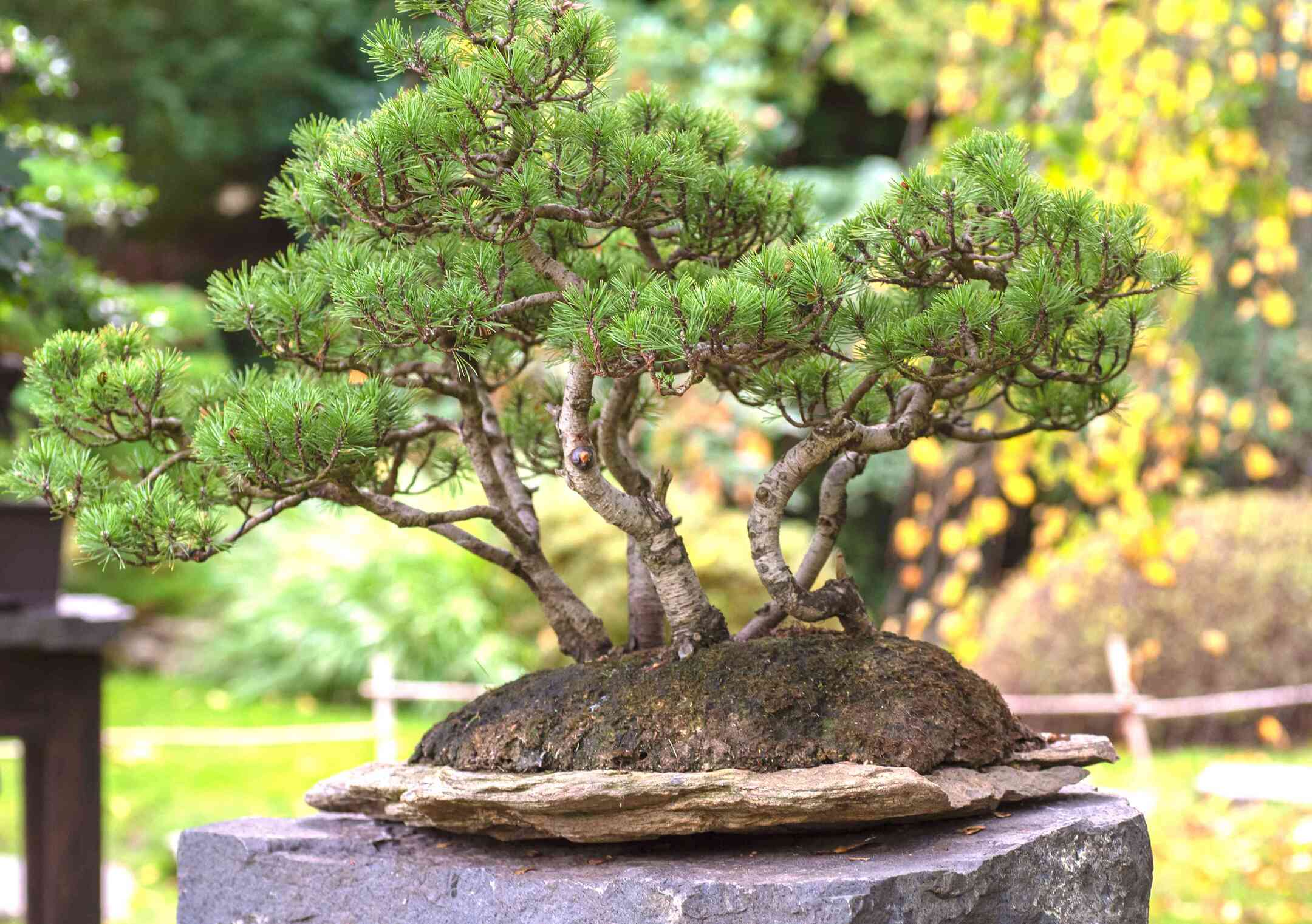

Garden Essentials
How To Start A Bonsai From Seed
Modified: March 24, 2024
Learn the art of starting a bonsai from seed in your garden. Discover helpful techniques and tips to cultivate your own beautiful bonsai tree from scratch.
(Many of the links in this article redirect to a specific reviewed product. Your purchase of these products through affiliate links helps to generate commission for Storables.com, at no extra cost. Learn more)
Introduction
Welcome to the fascinating world of bonsai! Growing your own bonsai tree from seed can be a rewarding and fulfilling experience. Bonsai, which literally means ‘tray planting’, is the art of cultivating miniature trees in containers. It requires patience, dedication, and a deep understanding of horticulture. If you’re up for the challenge, starting a bonsai from seed is a great way to immerse yourself in this ancient art form.
Unlike starting a bonsai from a pre-grown plant, the process of growing a bonsai from seed allows you to have complete control over the tree’s development from day one. It’s like nurturing a tiny seedling into a magnificent miniature masterpiece.
In this article, we will guide you through the steps of starting a bonsai from seed. From choosing the right seeds to caring for your young tree, you’ll learn everything you need to know to embark on this exciting journey.
Before we dive into the details, it’s important to note that starting a bonsai from seed requires time and patience. Bonsai trees are renowned for their ability to live for hundreds of years, and it will take years of careful cultivation to bring your bonsai tree to its full potential. So, if you’re ready to embark on a journey that will reward you with a living work of art, let’s get started!
Key Takeaways:
- Starting a bonsai from seed is a patient and rewarding journey, allowing you to nurture a tiny seed into a magnificent miniature masterpiece. It’s a long-term commitment that requires attention and care.
- Choosing the right seeds, preparing them for germination, and caring for your bonsai seedling are crucial steps in starting a bonsai from seed. Each species has unique requirements, so research and understanding are key.
Read more: How To Grow Bonsai Tree From Seed
Choosing the Right Seeds
When starting a bonsai from seed, selecting the right seeds is crucial for the success and future potential of your tree. Here are some factors to consider when choosing bonsai seeds:
- Bonsai Tree Species: Decide on the type of tree you want to grow as a bonsai. There are numerous species to choose from, each with their own unique characteristics and requirements. Popular bonsai tree species include Japanese Maple, Juniper, Pine, and Chinese Elm. Research the specific needs and growth patterns of the species you’re interested in.
- Seed Quality: Look for high-quality seeds from reputable suppliers. Ensure that the seeds are fresh and viable. Fresh seeds have a higher germination rate, increasing the chances of success. Keep in mind that some species might have a lower germination rate compared to others, so it’s essential to manage your expectations.
- Climate Compatibility: Consider the climate in your area and select a tree species that is suitable for your region. Different bonsai tree species have different climate preferences. While some are more tolerant of cold temperatures, others thrive in warm and humid conditions. Choosing a tree that is well-suited for your environment will make it easier to provide the necessary care and maintain its health.
- Personal Preference: Don’t forget to take your personal preferences into account. Do you prefer deciduous trees that provide stunning fall colors or evergreen trees that maintain their foliage year-round? Consider the aesthetic appeal and characteristics of the tree, as it will be a long-term commitment and a source of joy for years to come.
Once you have chosen the species that aligns with your preferences and climate, it’s time to move on to the next step: preparing the seeds for germination.
Preparing the Seeds for Germination
Before you can begin the germination process, it’s important to properly prepare the bonsai seeds. This helps to increase their chances of successful germination and ensures their viability. Here are the steps for preparing the seeds:
- Seed Scarification: Some bonsai seeds have hard outer shells that can hinder germination. To overcome this, you can scarify the seeds by gently rubbing them against a coarse surface like sandpaper or using a small knife to make a small nick in the seed coat. This process allows water to penetrate the seed, promoting germination.
- Seed Soaking: Soaking the seeds before planting can help soften the outer shell and promote quicker germination. Fill a container with warm water and place the seeds in it. Allow them to soak for 24-48 hours, checking periodically to ensure the water remains warm and the seeds are not damaged.
- Seed Stratification (Optional): Some tree species require a period of cold stratification to simulate winter conditions and promote germination. To do this, you can place the seeds in a plastic bag with a moistened paper towel and refrigerate them for the recommended period stated for the specific species. Be sure to label the bag to keep track of the seeds and their stratification period.
- Seed Drying: After scarification and soaking, gently pat the seeds dry with a paper towel. It’s important to ensure they are not wet before planting as excessive moisture can lead to rot and fungal growth.
- Labeling: It’s crucial to label your seeds properly to avoid confusion later on. Use plant tags or small labels to clearly identify the species and date of preparation. This will help you keep track of different batches of seeds and their progress.
By properly preparing the seeds, you are increasing the likelihood of successful germination. Now that the seeds are ready, it’s time to move on to the next step: germinating the seeds.
Germinating the Seeds
Germination is the process of waking up the dormant seeds and encouraging them to sprout into seedlings. Follow these steps to germinate your bonsai seeds:
- Select a Germination Method: There are several methods you can choose from to germinate your bonsai seeds. One common method is using a seed tray or a shallow container filled with a well-draining seed starting mix. You can also use a plastic bag or a small greenhouse to create a controlled environment.
- Sow the Seeds: Fill your chosen container with the seed starting mix, ensuring it is moist but not waterlogged. Make small depressions or furrows in the soil and place the seeds in them. Gently cover the seeds with a thin layer of soil, following the recommended planting depth for the specific species.
- Maintain Optimal Conditions: Bonsai seeds require specific conditions for successful germination. Most species prefer a warm and humid environment. Place the container in a warm area with indirect sunlight or use a seed starting heat mat to provide consistent warmth. Ensure the soil remains consistently moist but not soggy, as excessive moisture can lead to rot and fungal diseases.
- Provide Patience and Care: Germination can take anywhere from a few weeks to a few months, depending on the tree species. Be patient and resist the urge to disturb the seeds or check on them too frequently. Monitor the moisture levels and adjust as needed. Avoid overwatering, as it can cause the seeds to rot.
- Monitor Germination Progress: Once germination begins, keep a close eye on the seedlings’ progress. As soon as the seedlings emerge and develop their first set of true leaves, it’s time to move them to individual containers or pots. Handle the delicate seedlings with care to avoid damaging the roots.
- Continue Careful Cultivation: After transplanting, ensure the young bonsai seedlings receive adequate light, humidity, and moisture. Follow the specific care guidelines for the chosen tree species, including regular watering, fertilizing, and protecting them from extreme weather conditions.
Remember, germinating bonsai seeds requires patience and careful attention to provide the optimal conditions for growth. Now that you have successfully germinated the seeds, it’s time to move on to the next step: transplanting the seedlings.
When starting a bonsai from seed, it’s important to choose the right type of seed for your climate and to provide consistent moisture and light for germination. Be patient, as it can take several years for the bonsai to mature.
Transplanting the Seedlings
Once your bonsai seedlings have developed their first set of true leaves, they are ready to be transplanted into individual containers or pots. Transplanting allows the seedlings to establish their root system and gives you more control over their growth. Follow these steps to transplant your bonsai seedlings:
- Select Appropriate Containers: Choose containers that are proportionate to the size of the seedlings. Bonsai containers should have drainage holes to prevent waterlogging.
- Prepare the Potting Mix: Use a well-draining bonsai soil mix or a combination of Akadama, pumice, and lava rock. This will ensure proper aeration and water drainage for the seedlings’ roots.
- Gently Remove the Seedlings: Carefully loosen the soil around the seedlings, ensuring you do not damage the delicate roots. Use a small trowel or a chopstick to gently lift the seedlings from the planting container.
- Plant the Seedlings: Make a small hole in the prepared potting mix and place the seedling’s roots into it. Gently backfill with the potting mix, ensuring the seedling is stable and upright. Avoid compacting the soil too tightly as it can restrict root growth.
- Water the Seedlings: After transplanting, water the seedlings gently to settle the soil and provide hydration to the roots. Ensure that the water thoroughly saturates the soil, but avoid overwatering.
- Provide Appropriate Light and Temperature: Place the newly transplanted seedlings in a location that receives the appropriate amount of light for their specific species. Most bonsai trees prefer bright, indirect sunlight. Also, maintain the recommended temperature range for the tree species to promote healthy growth.
- Monitor and Care for the Seedlings: Keep a close eye on the seedlings’ health and growth after transplanting. Water them regularly, ensuring the soil remains moist but not waterlogged. Provide the necessary care, including fertilization and protection from extreme weather conditions.
Transplanting the seedlings is an important step in their development as bonsai trees. It allows them to establish a strong root system and adapt to their new growing environment. Now that the seedlings are successfully transplanted, it’s time to learn about caring for your bonsai seedling.
Read more: How To Start Grapes From Seeds
Caring for Your Bonsai Seedling
Proper care is essential for the healthy growth and development of your bonsai seedling. Here are some key aspects to consider when caring for your bonsai seedling:
- Watering: Bonsai seedlings have specific watering needs. Keep the soil consistently moist but not waterlogged. Water the seedling thoroughly when the top inch of the soil feels dry. Use a gentle watering technique to avoid disturbing the delicate roots.
- Light: Most bonsai tree species require bright, indirect sunlight. Place your seedling in a location where it can receive the appropriate amount of light. If you notice any signs of sunburn or inadequate lighting, gradually acclimate the seedling to brighter conditions.
- Fertilization: Fertilize your bonsai seedling regularly to provide it with essential nutrients. Use a balanced liquid fertilizer at half the recommended strength every two to four weeks during the growing season. Adjust the fertilization frequency based on the specific needs of your tree species.
- Pruning: Pruning is an important aspect of bonsai care. Regularly prune your seedling to maintain its desired shape and encourage new growth. Remove any dead or excessive foliage to improve air circulation and prevent disease. Be cautious not to over-prune, as it can stress the seedling.
- Wiring: Wiring is used to train the branches of your bonsai seedling into the desired shape. Carefully wrap the wire around the branches, ensuring it is not too tight or causing any damage. Monitor the wiring regularly to prevent it from cutting into the bark as the seedling grows.
- Protection from Extreme Conditions: Protect your bonsai seedling from extreme weather conditions such as frost, excessive heat, and strong winds. Move it indoors or provide appropriate protection when necessary. Extreme conditions can damage the seedling and inhibit its growth.
- Regular Inspections: Regularly inspect your bonsai seedling for signs of pests or diseases. Common pests include aphids, mites, and scale insects. If you notice any signs of infestation or disease, take immediate action to address the issue. Use organic pest control methods or seek advice from a professional if needed.
As your bonsai seedling grows, continue to provide attentive care and monitoring. Each species has its own unique requirements, so research and understand the specific needs of your tree to ensure its optimal health and development.
Now that you have a good understanding of caring for your bonsai seedling, let’s move on to the next step: pruning and shaping your bonsai.
Pruning and Shaping Your Bonsai
Pruning and shaping are essential techniques in bonsai cultivation that help create the desired form and aesthetic appeal of your tree. Here are some guidelines for pruning and shaping your bonsai:
- Timing: Pruning is best done during the active growth period of your bonsai, typically in the spring or early summer. Avoid pruning during periods of dormancy or in extreme weather conditions.
- Pruning Goals: Identify the goals of your pruning. Do you want to encourage branching, reduce the size of the foliage pads, or create movement in the trunk and branches? Visualize the desired shape and structure of your bonsai before making any cuts.
- Tools: Use sharp and clean pruning tools, such as bonsai scissors or pruning shears, to make precise cuts. Disinfect the tools before pruning to minimize the risk of spreading diseases.
- Branch Selection: Choose which branches to keep and which to remove, considering the overall design and aesthetics of your bonsai. Remove any branches that cross or compete with the main structure. Maintain the balance and proportion of the tree by pruning strategically.
- Thinning: Thin out excessive foliage to maintain proper light penetration and air circulation within the canopy. This encourages the development of inner growth and improves the overall health of your bonsai.
- Pinching and Grafting: Pinching involves removing the soft, terminal shoots to promote back budding and create a denser canopy. Grafting is a more advanced technique that involves joining a scion, or desired branch, to the bonsai trunk or branch for shaping or creating new branches.
- Wiring: Wiring is an effective technique to shape and position branches. Use a flexible wire wrapped gently around the branch, being careful not to cause any damage. Position the wire at an angle to create movement and direct the growth in the desired direction.
- Monitor Growth: Regularly evaluate the growth and development of your bonsai. Adjust and remove wires as necessary to prevent them from digging into the bark. Monitor the healing of pruned areas and make adjustments if needed.
- Patience and Balance: Shaping a bonsai tree takes time and patience. Avoid drastic pruning or shaping, as it can harm the tree. Allow your bonsai to grow and develop gradually, maintaining a balance between growth and shaping.
Remember, each bonsai tree is unique, and the pruning and shaping techniques may vary depending on the species and desired style. Study and understand the specific needs of your tree, and consult bonsai experts or resources for guidance on advanced pruning and shaping techniques.
By practicing proper pruning and shaping, you can create a visually appealing bonsai that showcases the natural beauty and elegance of miniature trees.
Now that you have a good grasp on pruning and shaping techniques, it’s time to wrap up our guide on starting a bonsai from seed.
Conclusion
Congratulations on completing our guide on starting a bonsai from seed! You’ve learned about the importance of choosing the right seeds, preparing them for germination, the process of germination itself, transplanting seedlings, caring for your bonsai seedling, and the art of pruning and shaping. With this knowledge, you are well-equipped to embark on your own bonsai journey.
Remember, growing a bonsai from seed is a long-term commitment that requires patience, attention, and nurturing. It’s a rewarding and fulfilling experience that allows you to witness the transformation of a tiny seed into a living work of art.
As you continue on your bonsai journey, keep in mind that each species has its own unique requirements. Take the time to research and understand the specific needs of your bonsai tree, whether it’s an elegant Japanese Maple or a majestic Pine. Provide the optimal conditions, including proper watering, adequate lighting, and regular fertilization, to ensure the health and vitality of your tree.
Don’t be afraid to experiment with pruning and shaping your bonsai. It’s an opportunity to express your artistic vision and create a unique masterpiece. Remember to exercise patience and balance when making cuts to allow your bonsai to grow and develop in a harmonious and natural way.
Lastly, enjoy the journey. Watching your bonsai seedling grow and evolve over time is a rewarding experience that will bring you closer to nature and cultivate a sense of harmony and tranquility in your life.
So go ahead, start your bonsai adventure, and let your imagination and creativity flourish as you create a living masterpiece from a tiny seed. Happy bonsai gardening!
Frequently Asked Questions about How To Start A Bonsai From Seed
Was this page helpful?
At Storables.com, we guarantee accurate and reliable information. Our content, validated by Expert Board Contributors, is crafted following stringent Editorial Policies. We're committed to providing you with well-researched, expert-backed insights for all your informational needs.
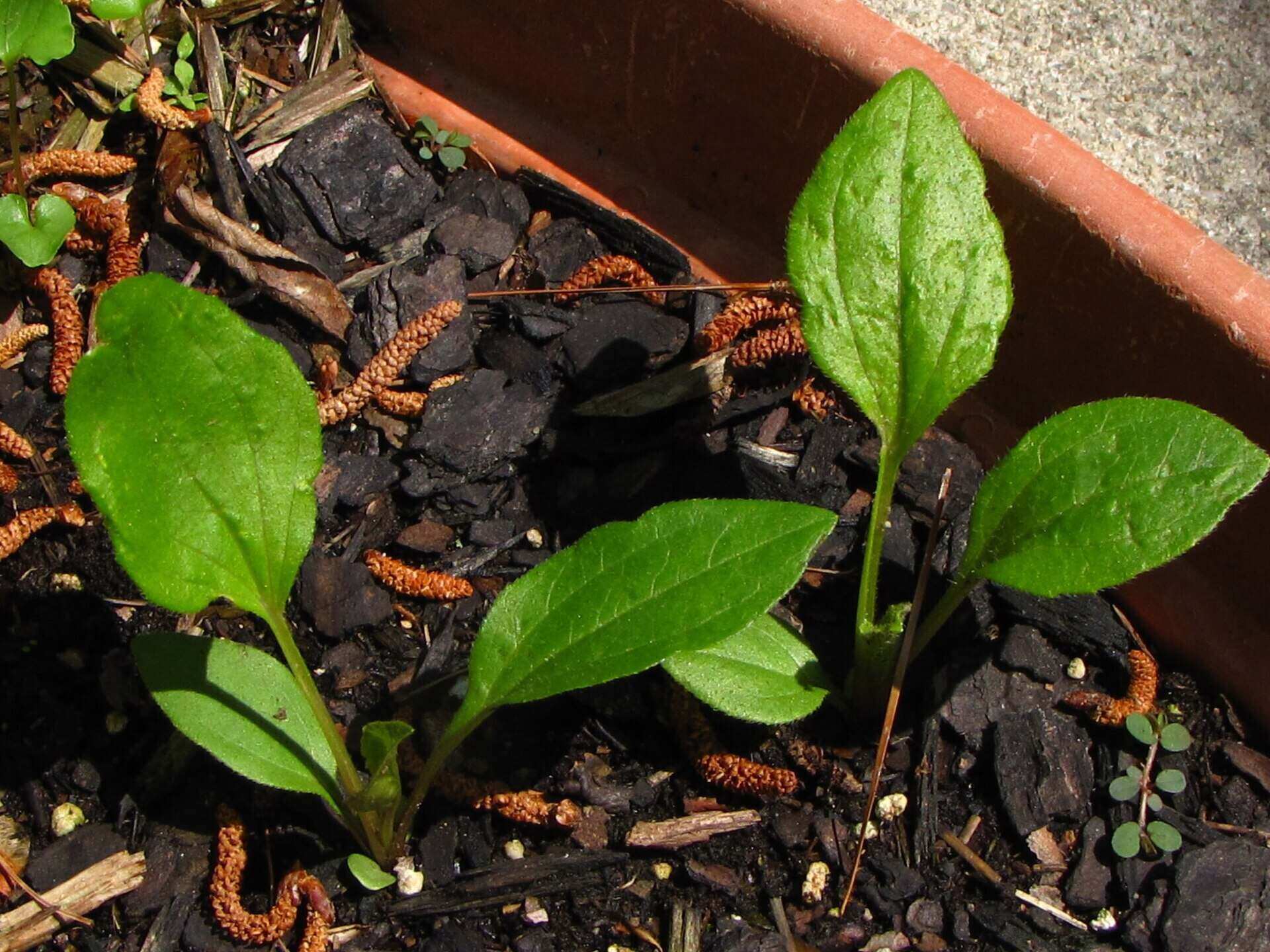
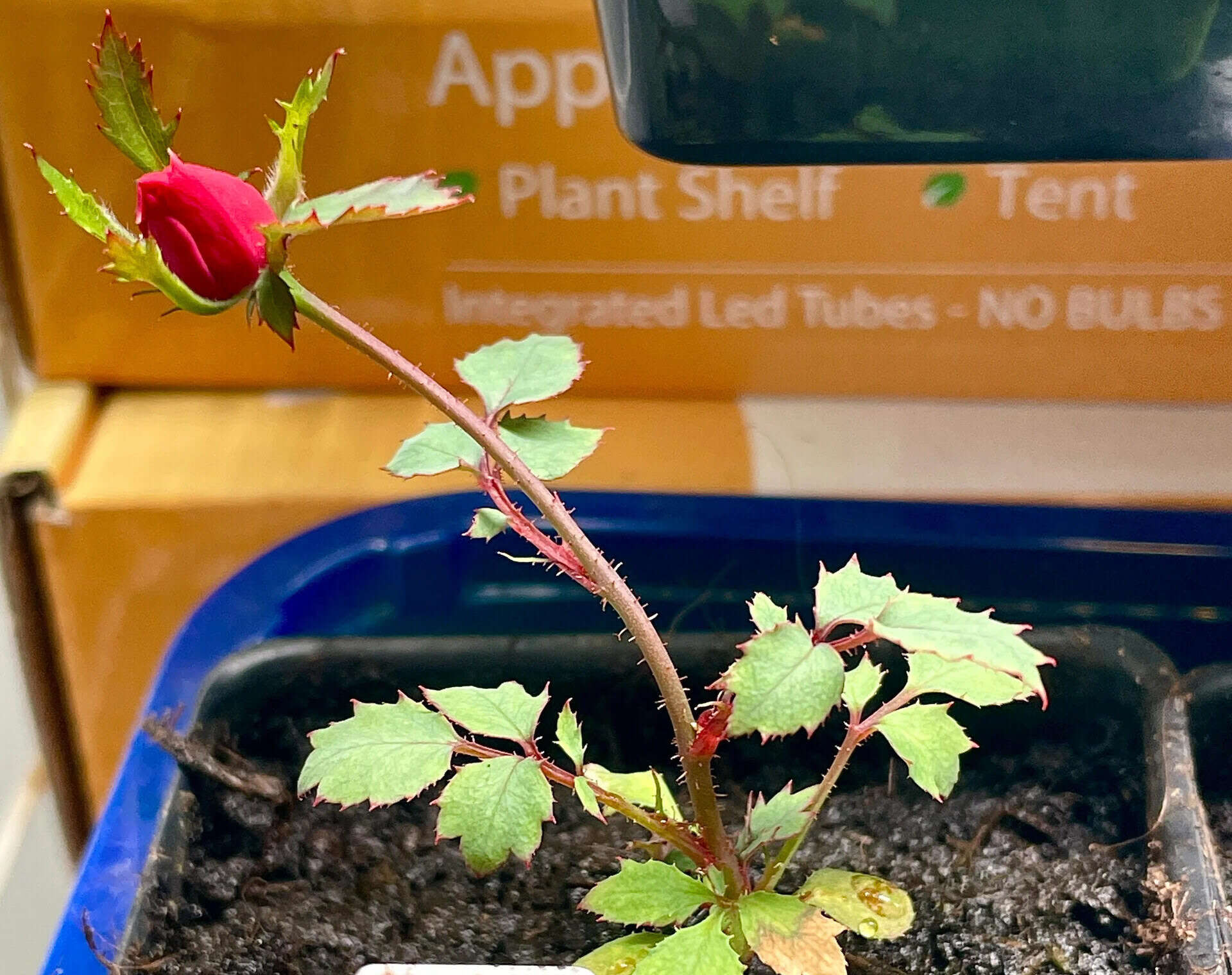
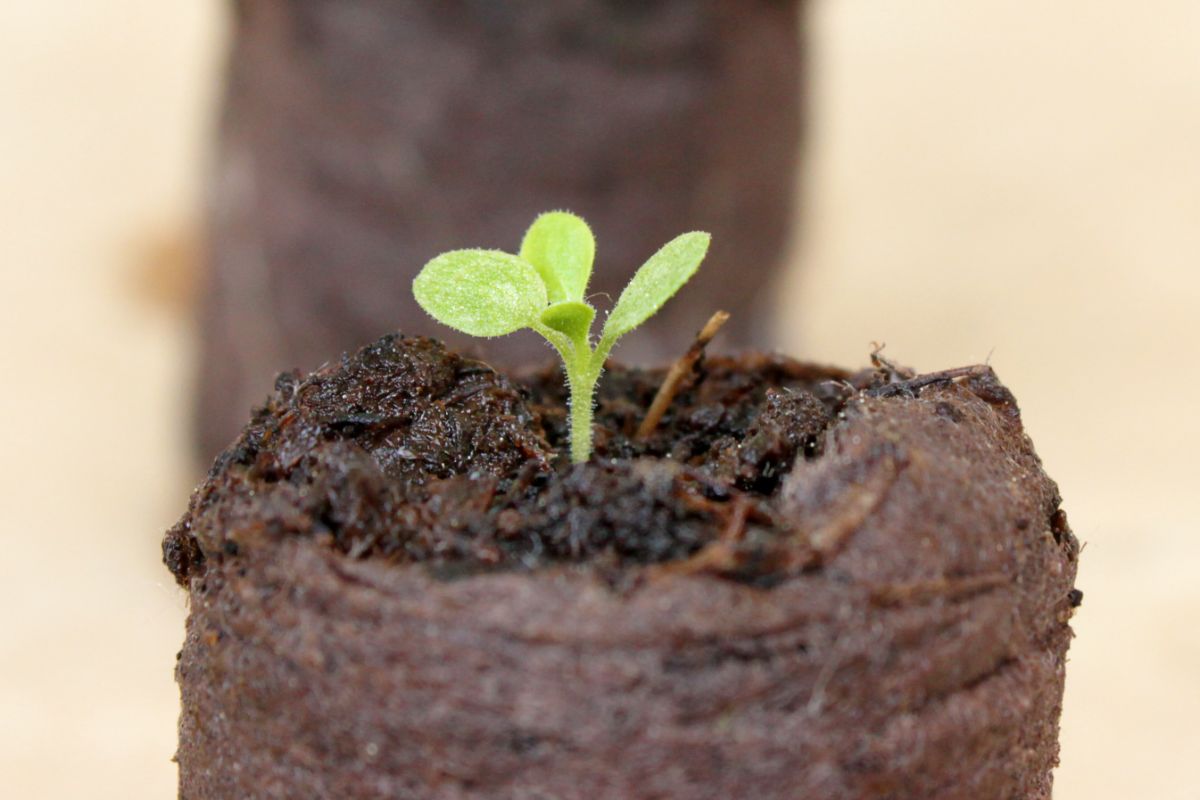
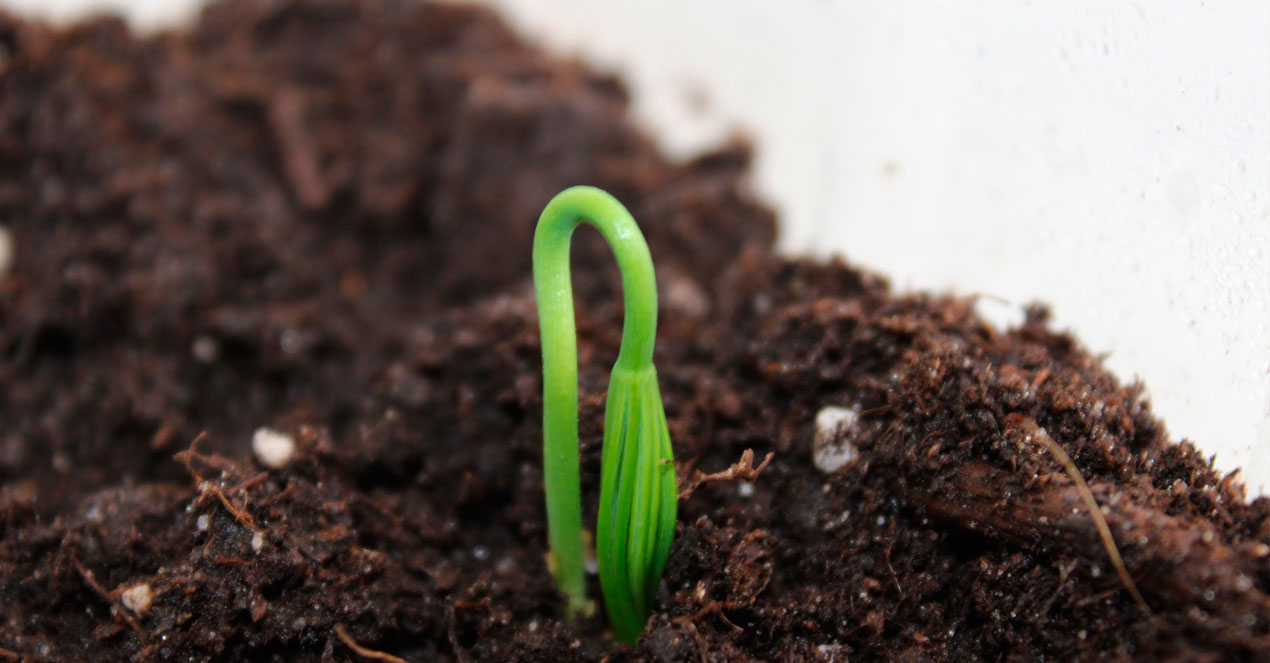
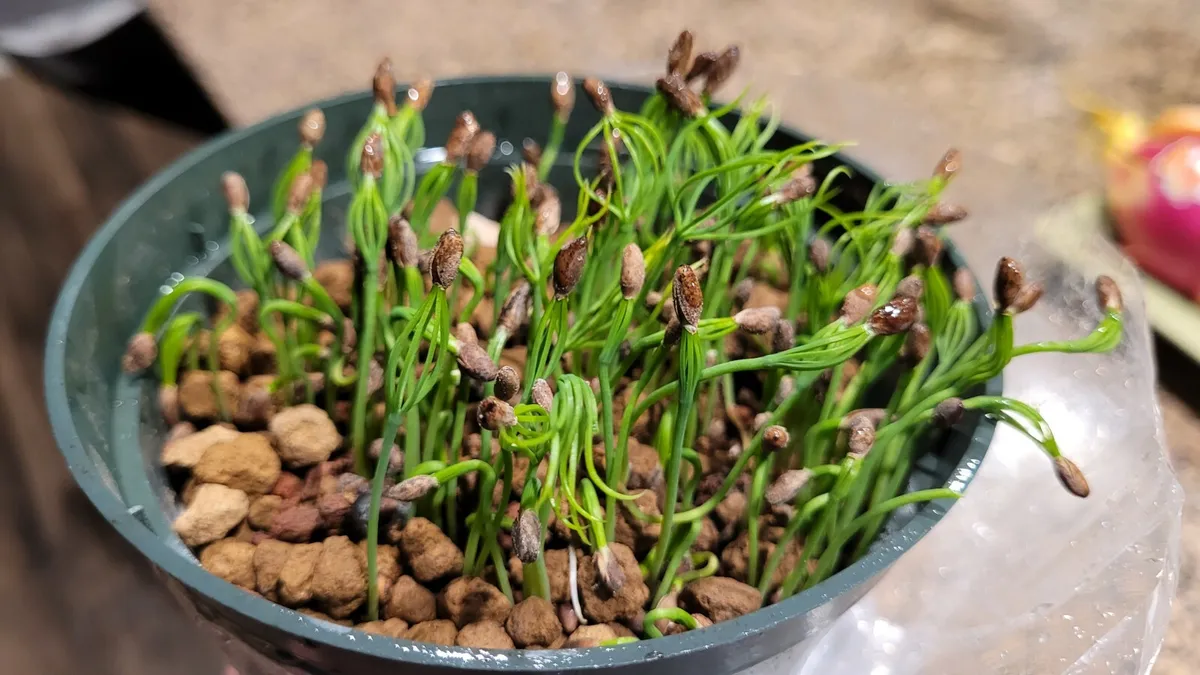
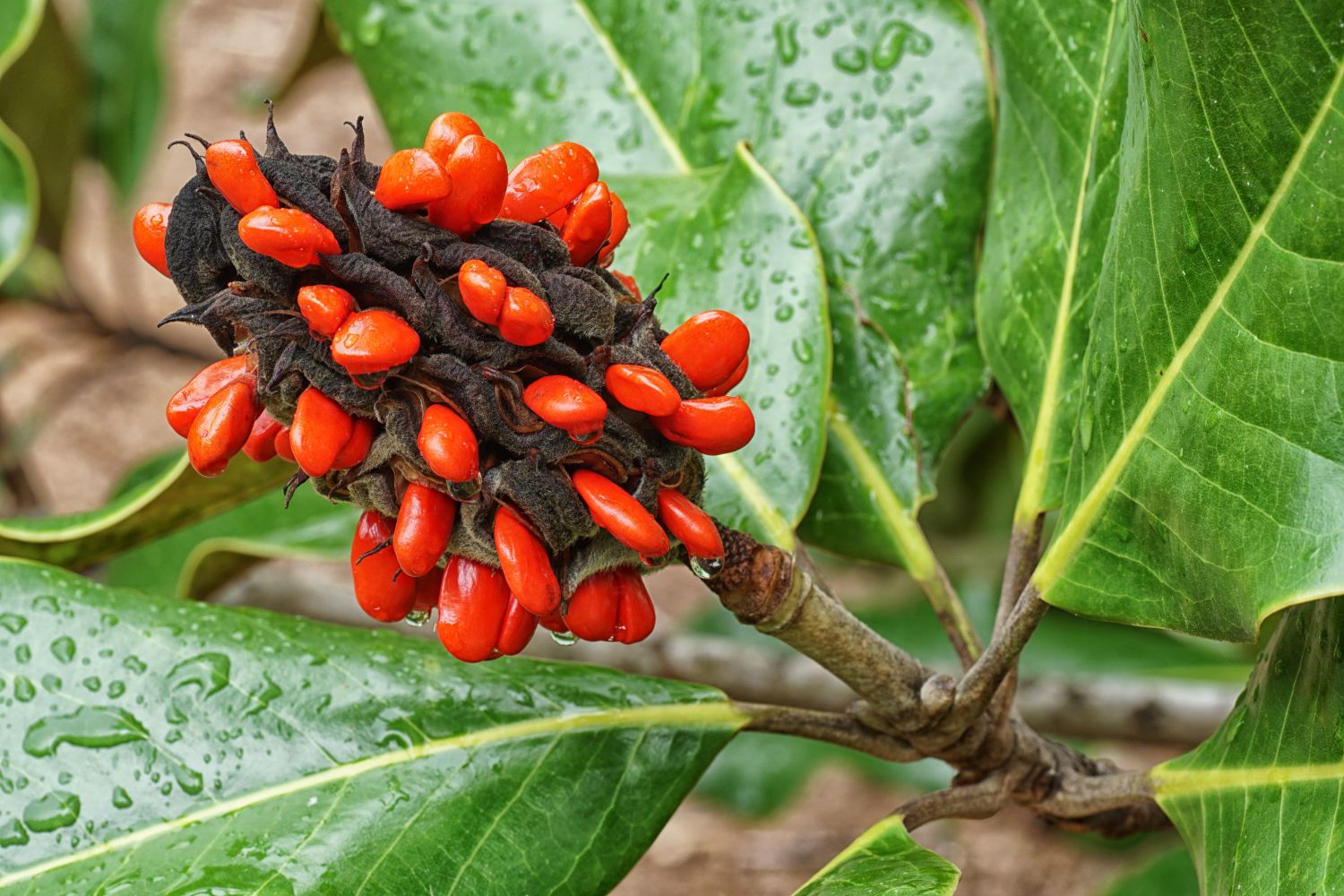
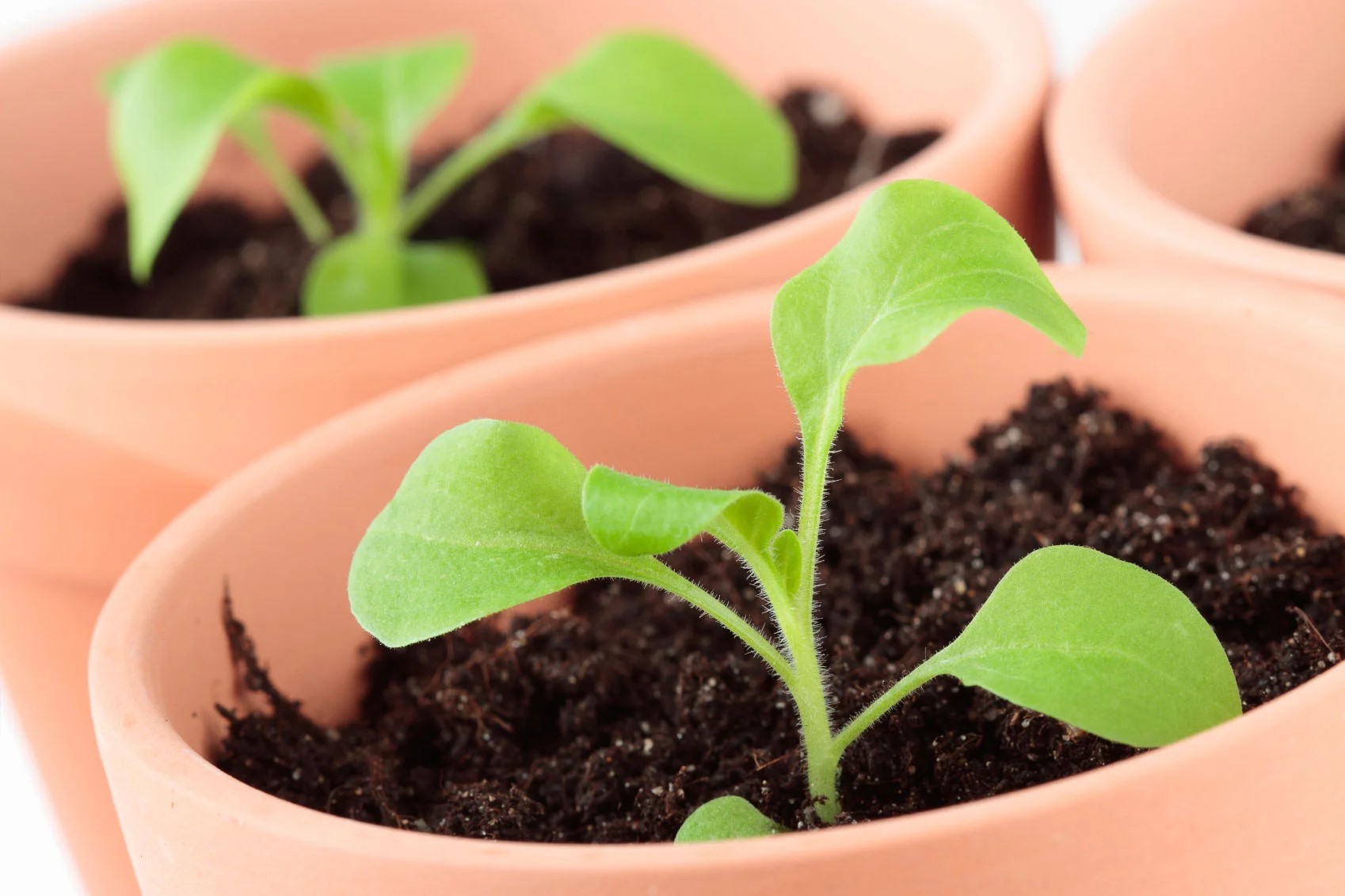
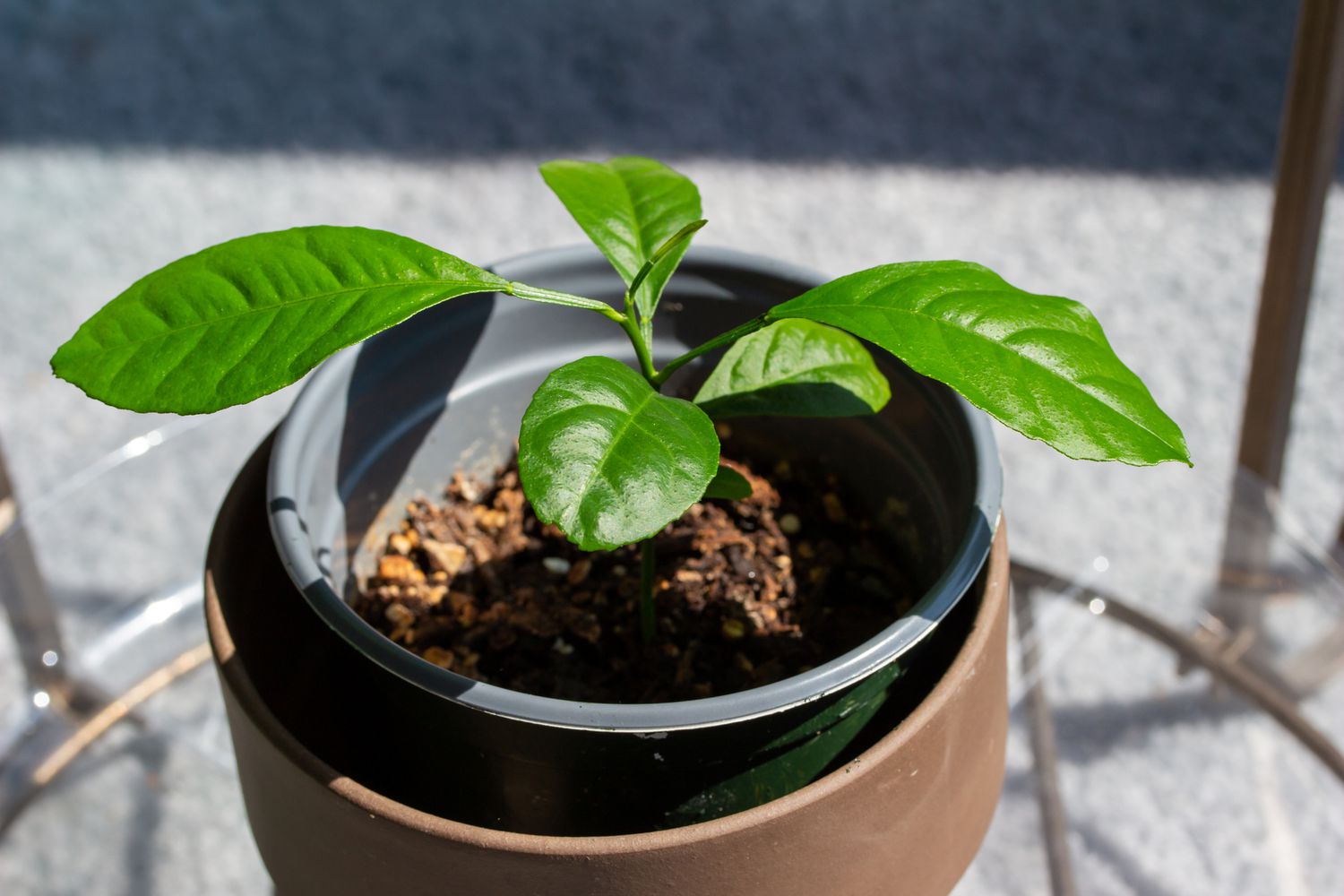
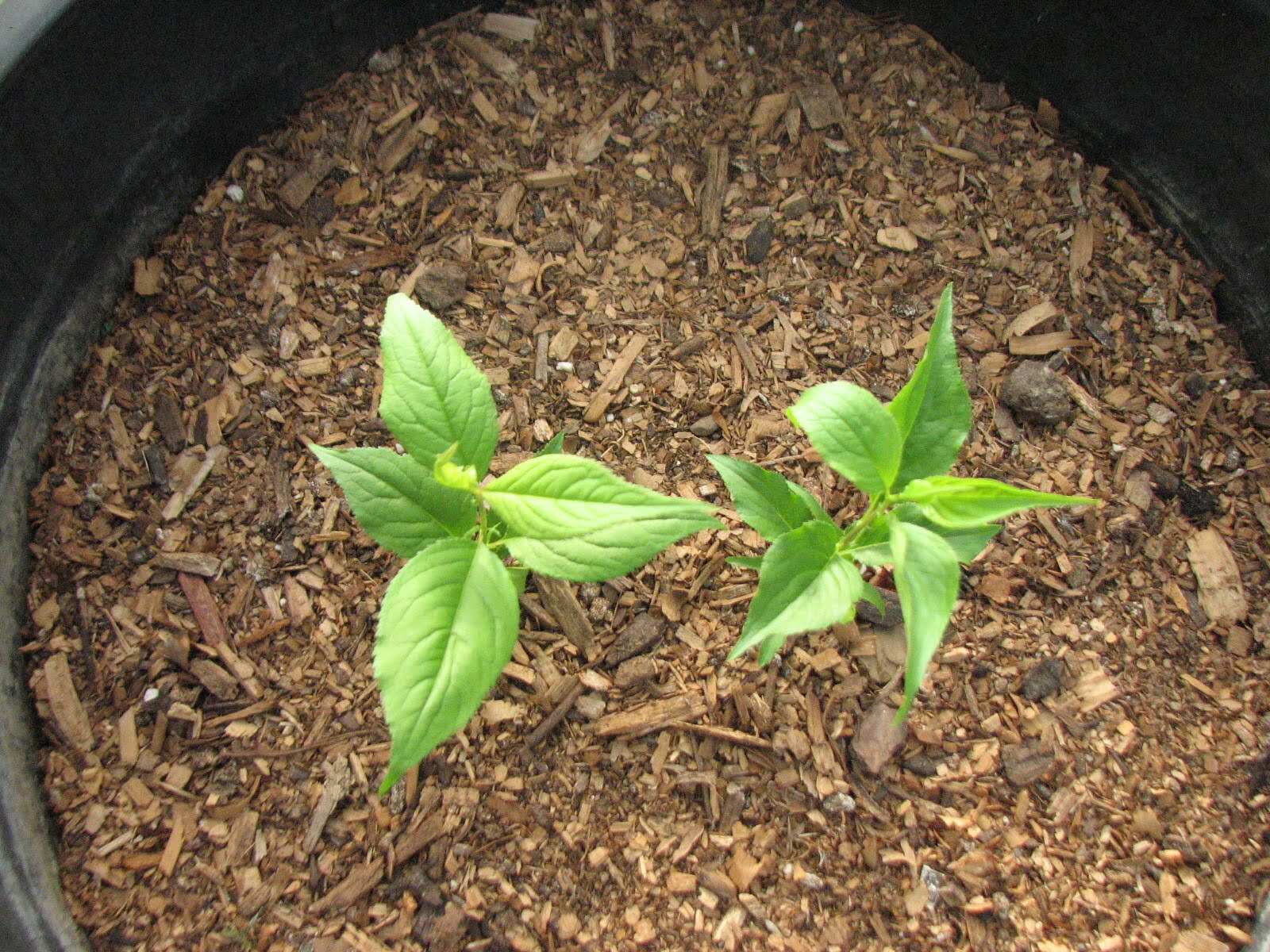
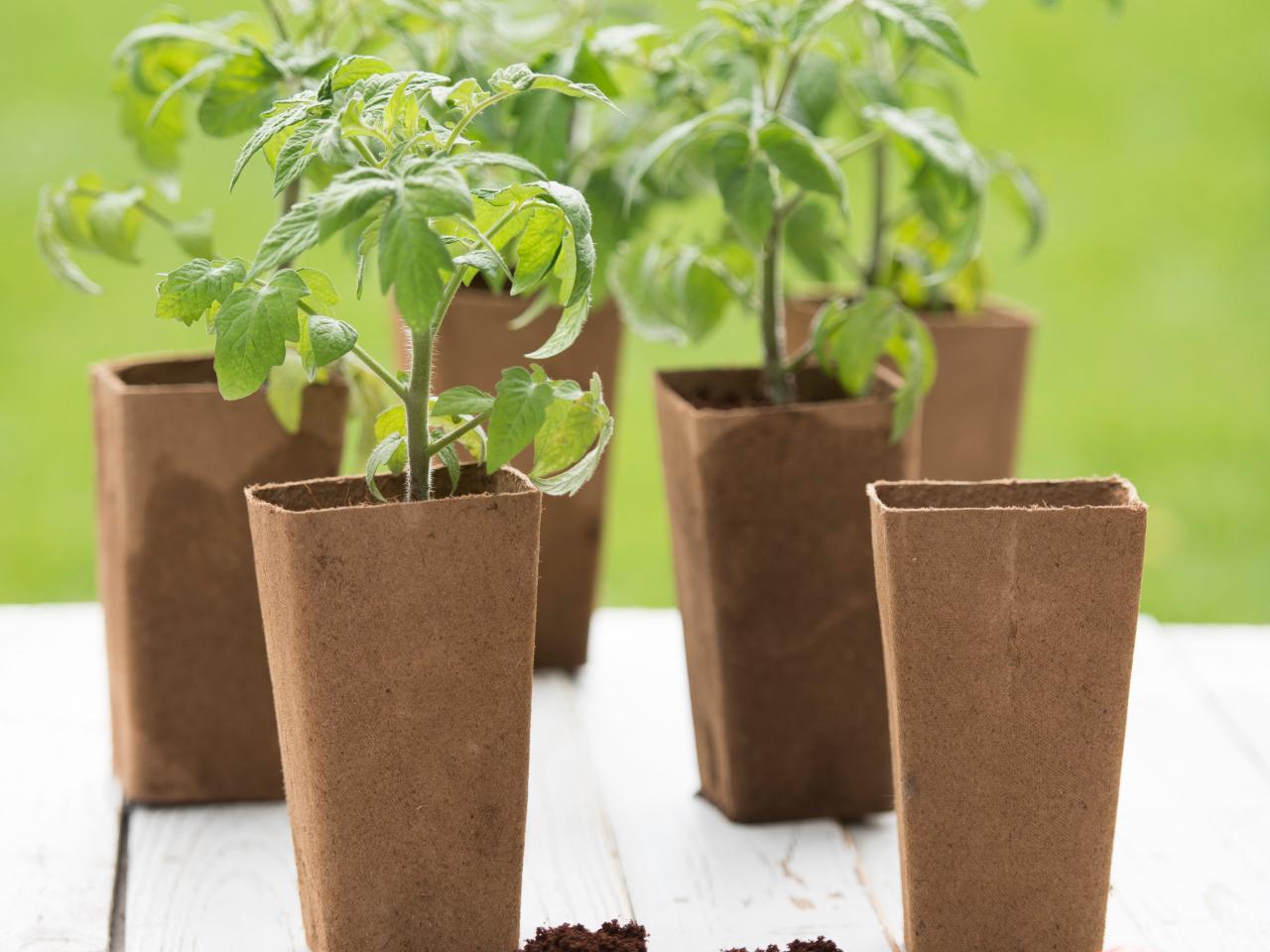
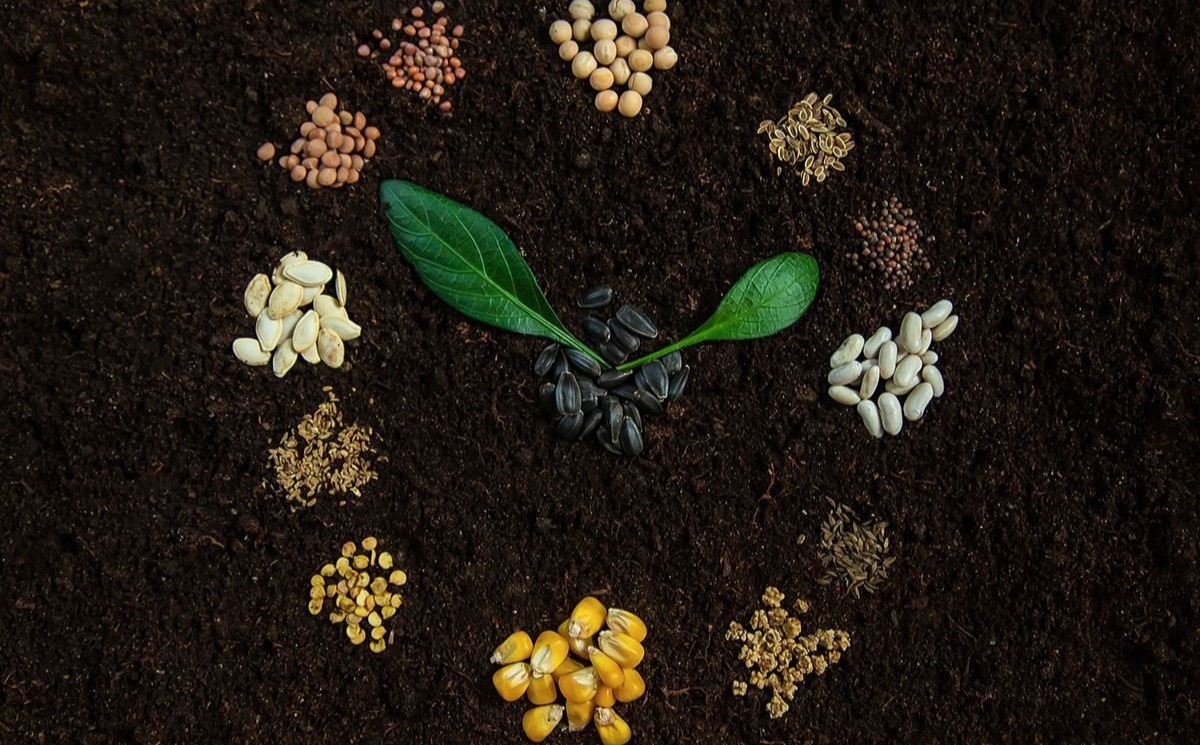
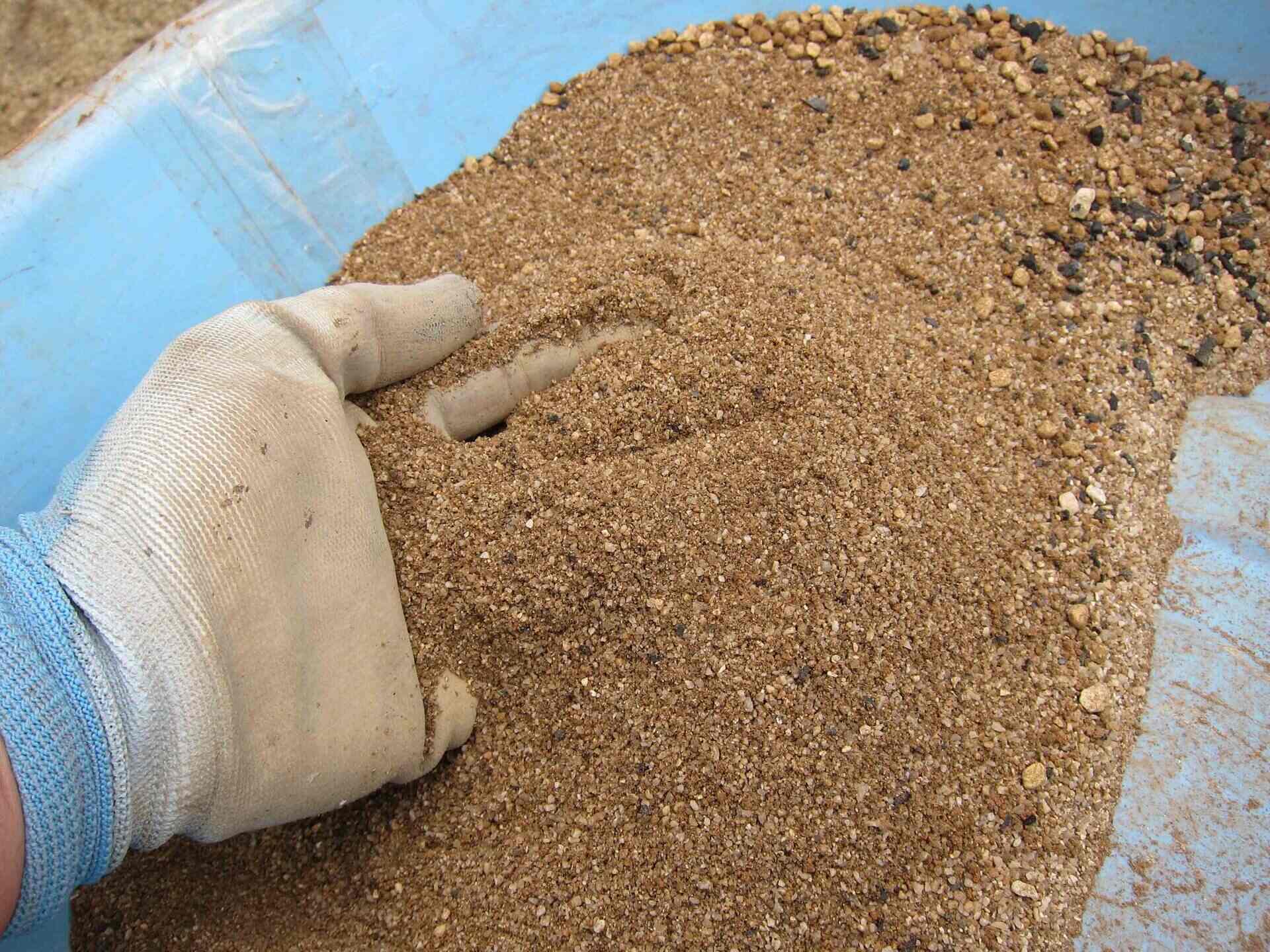
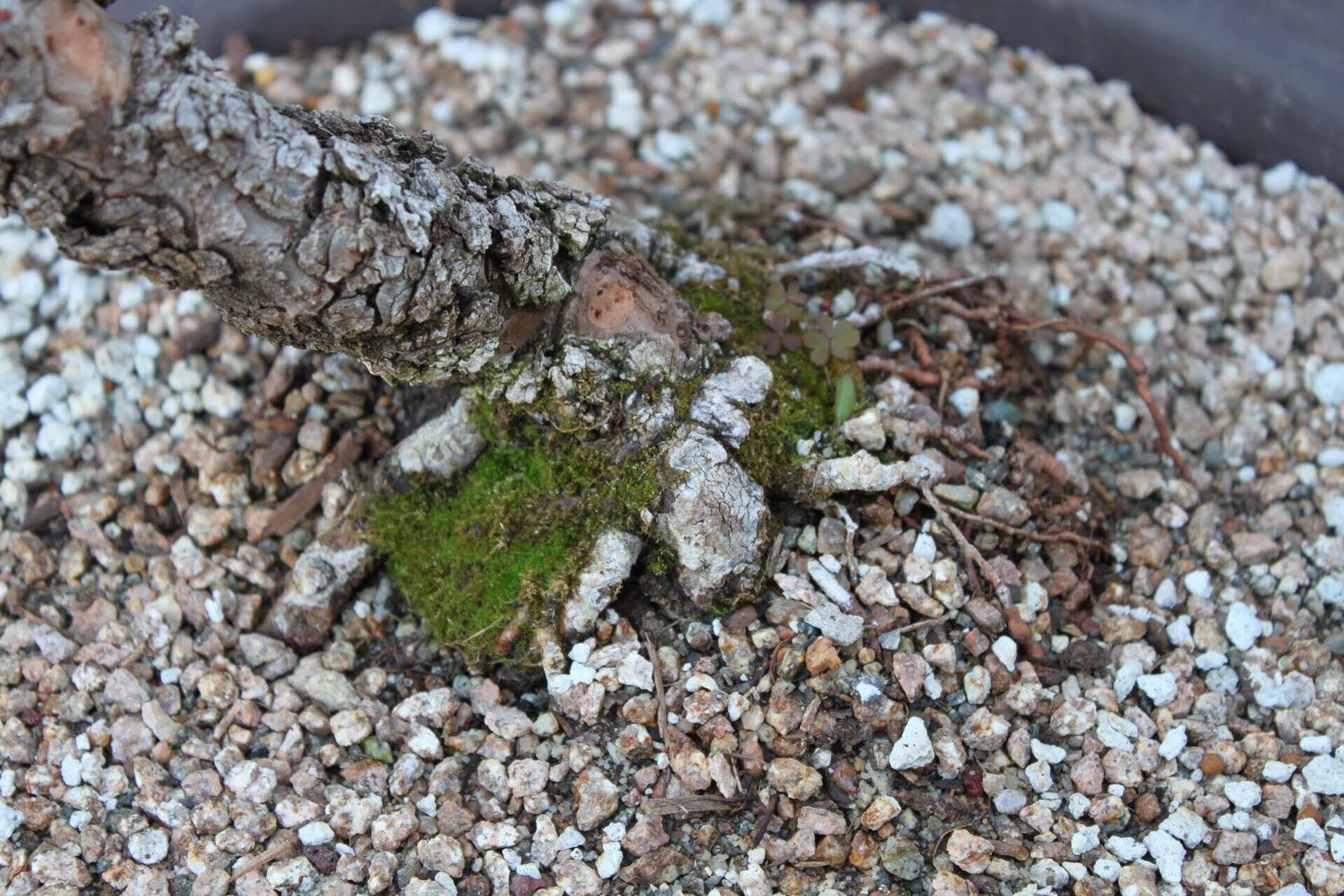
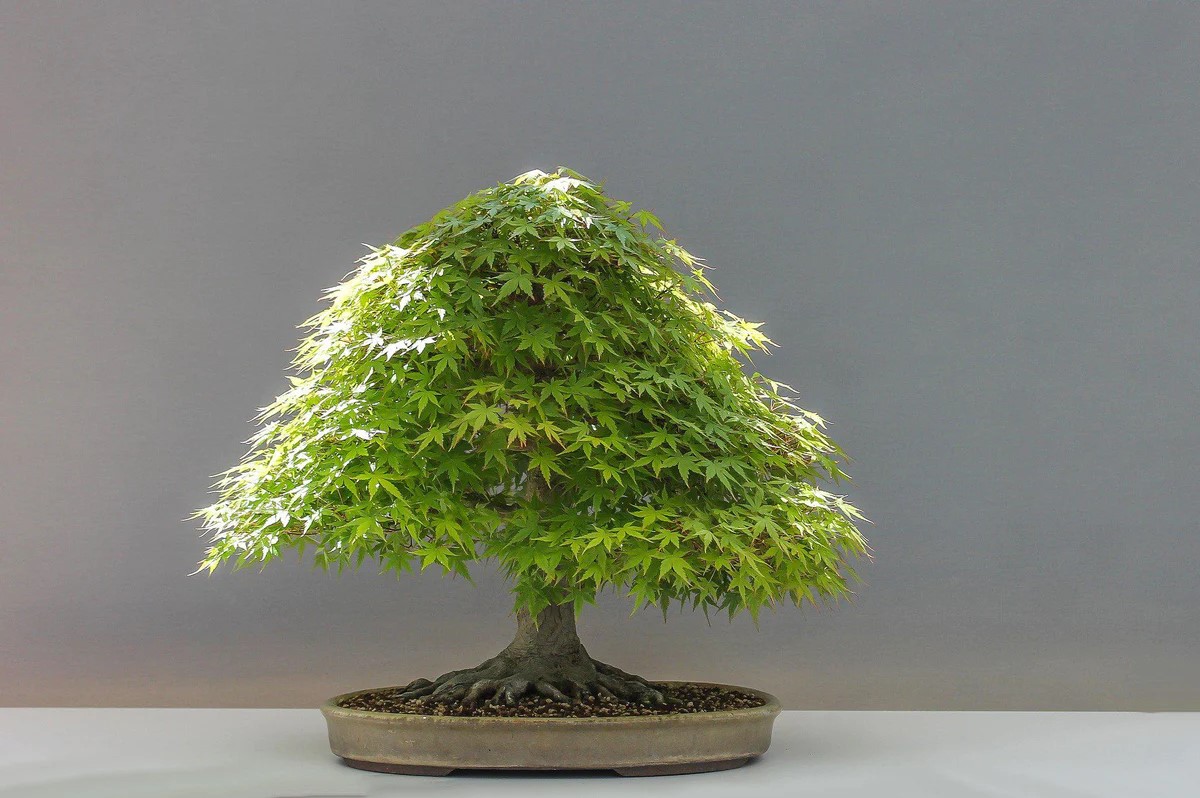

0 thoughts on “How To Start A Bonsai From Seed”